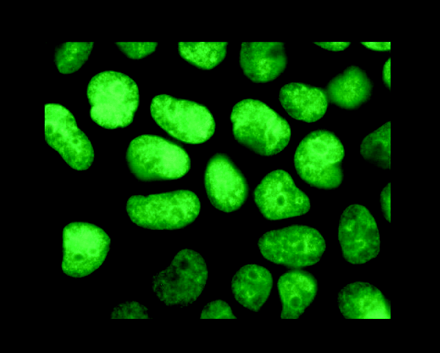Small Interfering RNAs: A Revolutionary Tool for the Analysis of Gene Function and Gene Therapy
- 1Department of Cellular Biochemistry, Max-Planck-Institute for Biophysical Chemistry, D-37077 Goettingen, Germany
- 2Children’s University Hospital, Pediatric Hematology and Oncology, 35392 Giessen, Germany
- T.T. or A.B. E-mail ttuschl{at}mpibpc.gwdg.de; e-mail arndt.borkhardt{at}paediat.med.unigiessen.de
Abstract
RNA interference (RNAi) represents an evolutionarily conserved cellular defense for controlling the expression of foreign genes in most eukaryotes including humans. RNAi is triggered by double-stranded RNA (dsRNA) and causes sequence-specific mRNA degradation of single-stranded target RNAs homologous in response to dsRNA. The mediators of mRNA degradation are small interfering RNA duplexes (siRNAs), which are produced from long dsRNA by enzymatic cleavage in the cell. siRNAs are approximately twenty-one nucleotides in length, and have a base-paired structure characterized by two-nucleotide 3′-overhangs. Chemically synthesized siRNAs have become powerful reagents for genome-wide analysis of mammalian gene function in cultured somatic cells. Beyond their value for validation of gene function, siRNAs also hold great potential as gene-specific therapeutic agents.

The ability of double-stranded RNA (dsRNA) to silence the expression of genes has been the focus of many studies in C. elegans
and D. melanogaster. More recent research has looked for evidence of RNAi-mediated gene suppression in other model organisms.
Now there is excitement that RNAi-based methodologies will allow for the rapid assessment and validation of proteins as potential
drug targets. Additionally, we might now be standing on the edge of fundamentally new approaches to gene therapy as conducted
through RNAi-mediated suppression of mutated genes.
- © American Society for Pharmacology and Experimental Theraputics 2002



